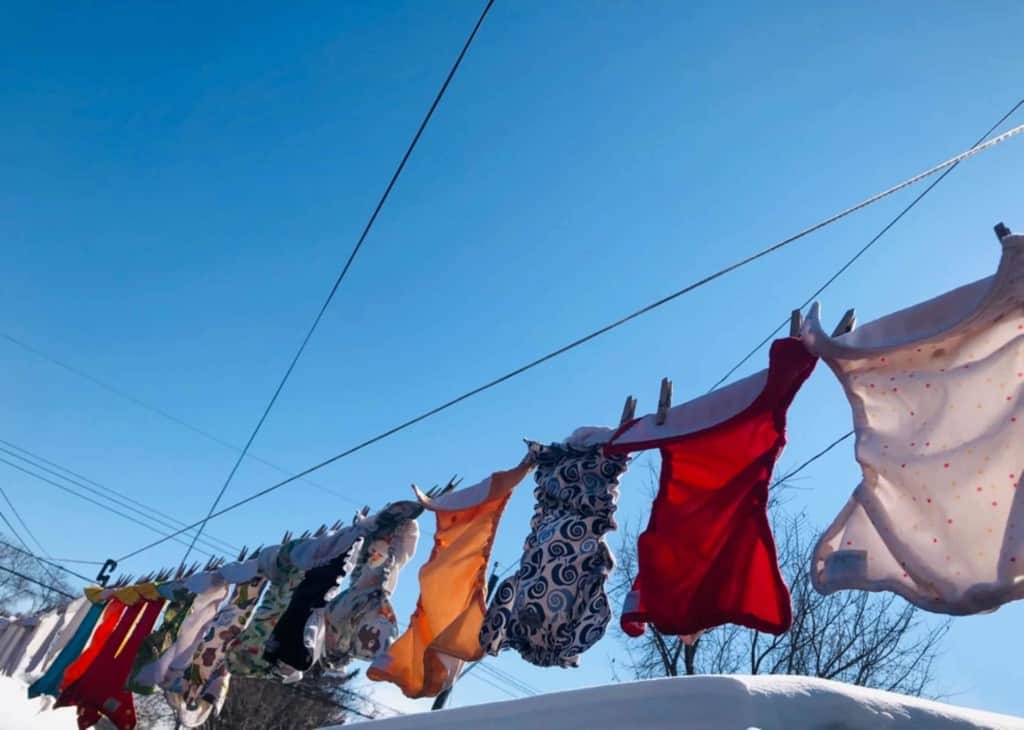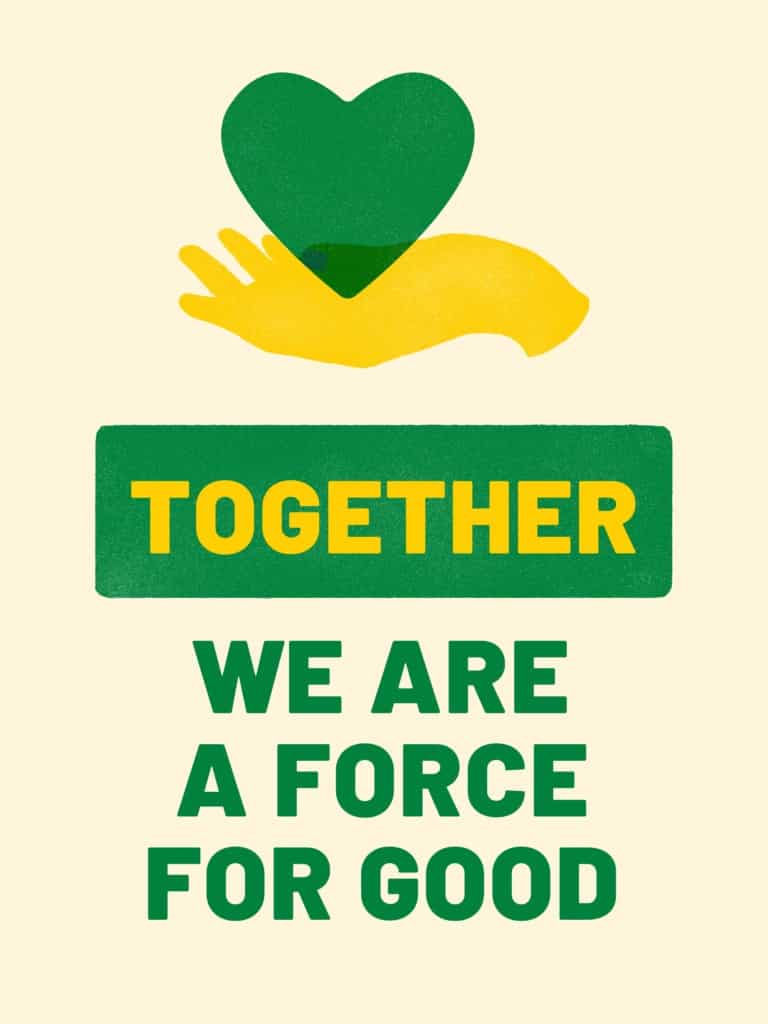A healthy yard leads to a happier you
Use these tips to create an environmentally-friendly yard
Is everyone into gardening now? I keep hearing stories from first timers to seasoned gardeners that it is the “summer of the garden”. With that in mind, consider these healthy, environmentally-friendly ideas for your property that I gleaned from several friends and gardeners.
I was (safely) walking with a friend last week and we walked by her house. She and her husband have chosen to grow raspberries in their front yard right by the sidewalk as a way of giving something back to their neighbours. This neighbourly act got me thinking about how we can be more community-minded and create healthier, safer yards.
One thing many locals did this year was to buy compost from the Alberta Avenue Community League’s compost sale. The sale was a great way to buy local and support a healthy garden. Other ideas include swapping plants, bulbs, and shrubs with your neighbours. This allows you to connect, swap plants that already grow well here, and save money.
Cherry Dodd, an active member of the Edmonton Native Plant Society, converted her yard into a beautiful garden. She has been featured by the City of Edmonton for her approach. Her house originally had a typical yard with a lawn, a shrub, a large tree, and a small flower bed. Dodd dug up the lawn and replaced it with native plants and garden perennials. An unanticipated benefit was that her garden became habitat for wildlife. She often sees butterflies, birds, bees, ladybugs, and other beneficial insects.

“Being environmentally friendly isn’t hard. Native flowers are just as beautiful as regular perennials, and because they are adapted to our climate, they are very tough and resilient. They don’t need fertilizer; in fact, they prefer poor soil and they don’t need extra water once they are established,” says Dodd.
She offers this advice. “Most people, when they are looking at converting their garden to a natural yard, want to change their whole garden and start anew, but it is better to start with one small area and focus on that. Native plants still need to be weeded, just like any other plants.”

As our climate changes, it is important to look for plants that work for our climate. Some trees and shrubs that work well here include pine, ash, juniper, sea buckthorn, potentilla, genista, and hackberry. Some perennials include yarrow, daylily, sea holly, hens and chicks, blanketflower, and snow-in-the-summer.
The City of Edmonton has some great advice on its website around environmentally-friendly practices and ideas. Did you know that 73 per cent of Edmontonians believe we need to take action on climate change? I will leave you with a few tips from various sources on some ideas to save a bit of money and lower your electricity usage.
- Close the blinds or drapes early on summer days to block the heat and keep your home cooler.
- Use a fan instead of air conditioning.
- Use no-power alternatives such as a clothesline and hand-powered tools.
- Get a rain barrel or two to capture water from your downspouts and use in your garden.
- Build or purchase a composter for free fertilizer.
Featured Image: Marilea and Phil treat walkers-by to free raspberries in their front yard. | Gillian Kerr







